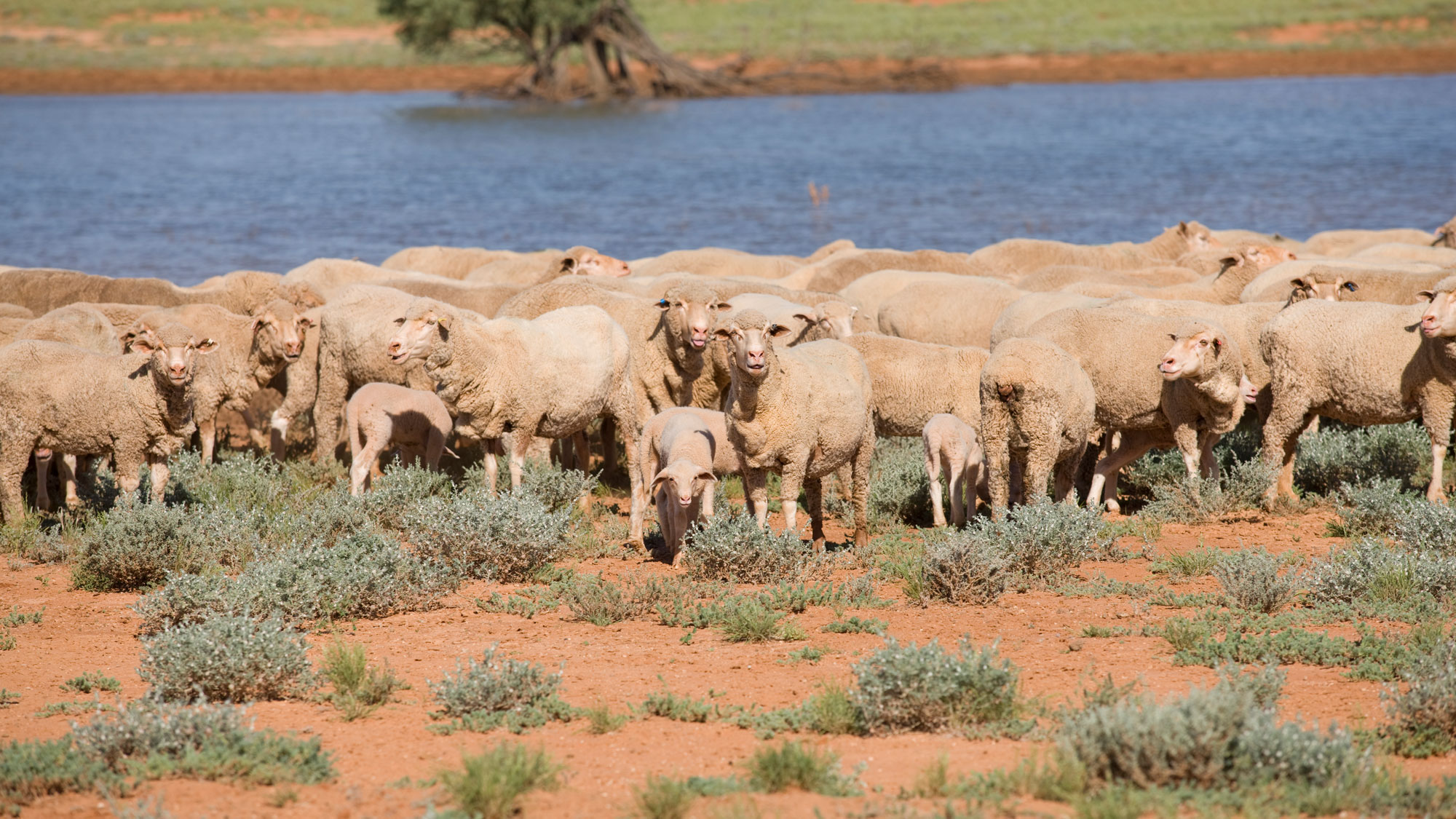Tool 12.18 Grazing land management Gateways Model
Tool 12.18 Grazing Land Management Gateways Model
Use the Grazing land management (GLM) Gateways Model to develop a framework for optimising production from the rainfall that you receive.
'Grazing land management – sustainable and productive natural resource management' was developed by Meat & Livestock Australia and the Queensland and Northern Territory Governments. This program provides a useful framework for optimising production from rainfall. Known as the ‘Gateways Model’, it structures information around three gateways:
- The land condition gateway – this considers how well rainfall is converted into useful feed production; known as rainfall use efficiency. This will depend on the landscape function which provides an indication of the landscapes’ ability to capture rainfall and retain nutrients. A key component of landscape function is the level of cover and location of perennial plants across the system. Refer also to Chapter 12.7 Obtain best production from rainfall received.
- The evenness of grazing gateway considers the consumption of feed – this is known as the utilisation rate. Ideally grazing stock will utilise feed evenly over a paddock so that all areas have a similar level of utilisation, which is ideally not greater than 20–30% for perennial pastures. This will assist plants to recover from grazing and survive dry times.
- The diet quality gateway – this considers the conversion of pasture to meat and is known as conversion efficiency. Conversion rates will depend on the quality of the feed, particularly in relation to the levels of energy and protein. The availability of key elements (deficiency or toxicity) in the feed will also impact on conversion rates and livestock production. Refer also to Chapter 12.5 Match grazing pressure to feed supply.
Download the Grazing land management – sustainable and productive natural resource management booklet which was specifically designed to introduce producers to the principles and concepts that apply to pastoral grazing lands and encourage producers to consider tools available to manage land condition, improve the level and evenness of feed utilisation and enhance diet quality in terms of their own overall businesses or property objectives.






